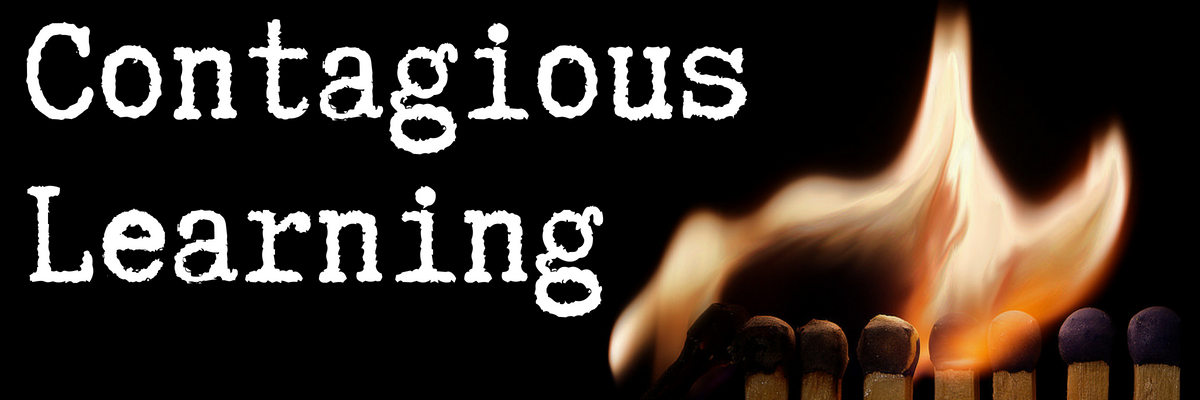I read an interesting study that was, at its formation, a critique of digital composition research in the context of social semiotic theory. It took issue with the fact that much of this research does not account for a holistic, embodied experience and it separates experience between tool, active, space and time. In their study the follow to girls digital composition experiences and in the findings section make the statement that is illustrated above in regards to how space, time, and affect are important in the design of classroom activity.
Even with the best of intentions, we as teachers/designers we can unintentionally remove opportunities to for our kiddos to make use of resources and develop the ability to identify and use resources that will help them construct meaning and meaningful artifacts of their learning. The structures of our classroom and the tools (both the physical and mental) that we allow (or not) students to use have a great deal to do with the level of complexity with which they work. When we lesson and experience design, are we giving the proper amount of attention to these aspects and how they can help our kiddos think deeper and more creatively?
Ehret, C., & Hollett, T. (2014). Embodied composition in real virtualities: Adolescents' literacy practices and felt experiences moving with digital, mobile devices in school. Research in the Teaching of English, 48(4), 428-452.



